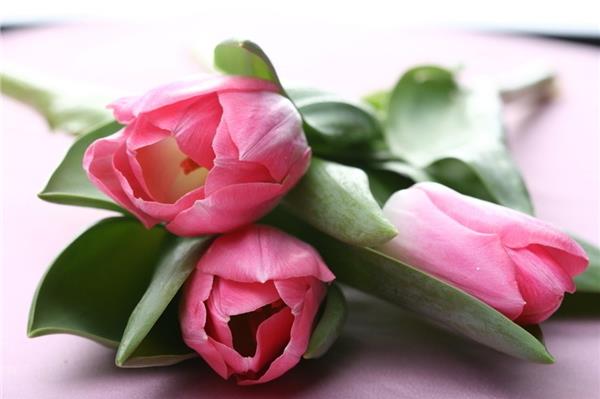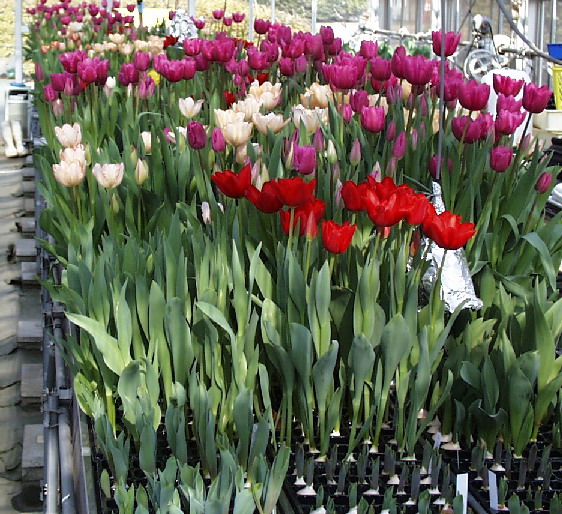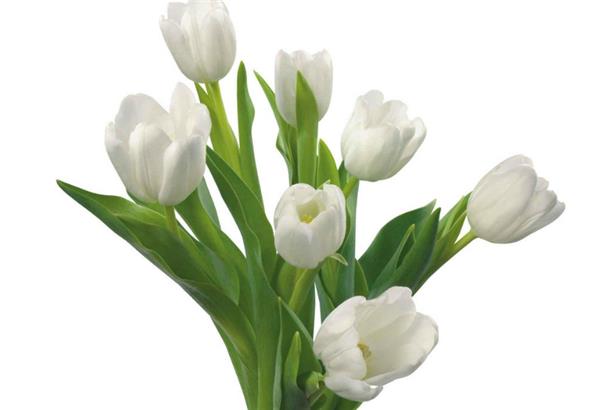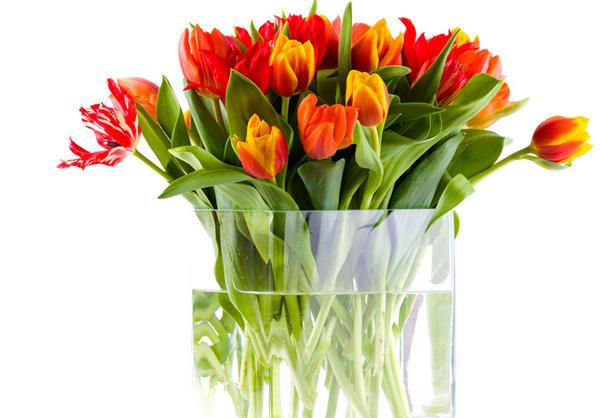Culture method of hydroponic tulip
Tulips are unique in that bulbs take root in winter and dormant in summer; flowers open during the day and close at night and rainy days. Tulips like warm and humid winter, cool summer slightly dry, sunny and slightly shady environment, more cold-resistant, avoid extreme heat. Therefore, it is an excellent flower for the environmental beautification of the forest park.

Tulips are native to the mountains of Iran and Turkey. Due to the climate of the Mediterranean, tulips adapt to cold and humid winter and dry and hot summer, and have the characteristics of dormancy in summer, rooting and sprouting in autumn and winter, but not unearthed. They need to stretch and grow to form stems and leaves in the first ten days of February of the second year after winter low temperature (the temperature is above 5 ℃), and blossom from March to April. The suitable temperature for growth and flowering is 15ml / 2090. Flower bud differentiation takes place during summer dormancy, and the optimum temperature for flower bud differentiation is 20ml / 25C. Tulips prefer sunny, warm and humid winters and cool summers in dry climates. Cold tolerance is very strong, in cold areas, if covered with thick snow, bulbs can winter in the open field, but afraid of cool, if summer comes early, the midsummer is very hot. It is difficult for the bulb to spend the summer after dormancy. Require loose fertilizer, slightly acidic sand taboo soil and continuous cropping with good drainage.

First, the management of hydroponics in the germination period:
Fill the flowerpot with the seed ball with clean water so that the root of the seed ball is immersed in water. Put the flowerpot in the living room can fully introduce the sunlight, the room temperature is kept at 13 ℃, the temperature change range is not too big. 4the roots and buds will grow out in 7 days, thus entering the vegetative growth period.
2. Hydroponic culture management during vegetative growth period:
In this period, with the increase of the growth amount and growth rate of roots, stems and leaves, a large amount of water is needed. To maintain the amount of water in the basin, check the loss of water every 2 to 3 days, replenish the water in time, and soak the root in water. Half of the water or nutrient solution can be changed every 3 to 4 days. If all the water is renewed at once, the root is easy to grow slender and not strong. The growth temperature is controlled at 15 ℃-18 ℃, and the temperature should not be too high, otherwise it will grow too long, the stem will be thin and long, and the influence will be beautiful. Due to the phototaxis of plants, it is necessary to often turn the direction of the flowerpot so that the stem can grow upright without tilting. After 15 mi 20 days of growth, when the number of flowers and leaves reaches 3 mi 4, an oval flower camp will appear at the stem tip. It has been in bloom ever since.

3. Management of hydroponic culture at flowering stage:
After the current camp, the temperature can also be controlled at I5 ℃-18 ℃ for 7 days, the buds open gradually, and the flowers show bright colors. After the flowers open, the flowerpot can be moved to the shady place in the room, which can prolong the florescence. Generally, the flowers open for 15 to 20 days.
It is proved by experiments that as long as the temperature of hydroponic tulips is well controlled, family culture is not only simple and easy, but also has a bright future.
IV. Propagation techniques of tulips
Sexual reproduction: because of the large coefficient of variation and long planting cycle, sexual reproduction is only used for species selection. In seedling reproduction, it is customary to reproduce without seeds and mainly rely on asexual reproduction.
Asexual reproduction: that is, bulblet reproduction and tissue planting techniques
From September to October every year, it is planted in autumn, takes root in winter, grows stems and leaves in February of the following year, and blossoms from March to May. The female bulb disappears after anthesis. The new scale ball is developed from the fleshy fresh leaves of the mother ball, if the first lateral bud is fully developed, the other lateral buds are not sound, relatively weak, and it is easy to grow into "blind buds", but it varies with different species.

The size of the mother ball and the cultivation conditions are related to the number of new balls formed. Most of them produce 5 new balls, which do not produce flower buds, or the terminal buds can develop into full new bulb primitive bodies. With the growth of stems and leaves gradually become hypertrophy, especially within 30 days after flowering, rapid growth. A ball that can blossom is called a "ball", a "flower ball" or a "renewal ball".
The bulbs used for planting in autumn are called "mother balls" or "seed balls". In the following spring, new bulbs are produced, which refer to all new bulbs developed from the buds of the mother bulb. The quality of commodity species is related to the growth of seedlings, which is generally required to reach a perimeter of more than 10 meters, and the undifferentiated flower buds of the terminal bud or the second lateral bud can produce "bulbs".
After the small ball is planted, it can develop into a "ball", which requires the growth of more than 20 cm in the plough layer in the geographical environment with sufficient sunshine, long spring time, low summer temperature, rich soil organic matter, loose and fertile soil and good water access. The grading of tulip bulbs is the main standard for commercial listing.
The growth of the tillage layer is more than 20 cm. The grading of tulip bulbs is the main standard for commercial listing.
Related
- Wuhan Hospital Iron Tree Blooming Result Was Instantly Frightened by the Gardener Master
- Which variety of camellia is the most fragrant and best? Which one do you like best?
- What is the small blue coat, the breeding methods and matters needing attention of the succulent plant
- Dormancy time and maintenance management of succulent plants during dormancy
- Minas succulent how to raise, Minas succulent plant pictures
- What are the varieties of winter succulent plants
- How to raise succulent plants in twelve rolls? let's take a look at some experience of breeding twelve rolls.
- Attention should be paid to water control for succulent plants during dormant period (winter and summer)
- Watering experience of twelve rolls of succulent plants
- Techniques for fertilizing succulent plants. An article will let you know how to fertilize succulent plants.



